Publisher: The Studio Trust
Content: 254 pages, full colour
Language: English
ISBN: 0962514187 (Hardcover).
Dimensions: 11.0 x 8.7 x 1.0 inches
Price: Hardcover: US $29.99, UK £24.99
Editor: Michael Spens
Deputy Editor: Dr Janet McKenzie
Creative Director: Martin Kennedy
Vice-President: Miguel Benavides
To order your copy please contact studio@mwrk.co.uk
Introduction
This year Studio International expanded its coverage of the southern hemisphere. We featured the phenomenon of contemporary Australian Aboriginal art, which is driven by deep political and cultural necessity. The Aborigines’ pride in their culture and traditions in the face of their appalling treatment by white settlers from 1788 onwards has resulted in art with rare and powerful qualities. Studio International is committed to presenting contemporary Aboriginal art to an international audience, thus supporting scholarship in the field of Indigenous art in Australia, with its global implications for us all. From it, we can all learn and re-learn about our common humanity in an attempt to redress the wrongs of colonial history worldwide.
From Latin America came a significant article – an interview with the Director of the Bienal Internacional de Arte de São Paulo, Ivo Mesquita. Mesquita made typically frank observations about present-day biennales, which he said have developed a ‘circuit of repetition’. This is of significance to other international biennales, which continue, amid commercial and media hype, beyond their original catalytic role. Indeed, the Bienal de São Paulo this year was distinguished by an entire floor without any art exhibits at all: The Void. Mesquita explained that large exhibitions needed to be pared down to create space for the vital critical dimension of exhibitions; size should be limited in order for there to be ‘a conceptual axis connecting the works’. But the question remains, how in future will the global biennale movement be resuscitated or replaced?
The year 2008 has been one in which society also peered into the void in economic terms. We have included in this Yearbook several critiques of individual or group artists’ work. One British artist, Damien Hirst, cannily perceived the dilemma of art galleries and the saleroom. He held his own auction of works at Sotheby’s, London, in a prescient and profitable venture, which also witnessed the operation of a new phenomenon, the ‘art hedgefund’. The timing of the sale, within a day of steep declines in world stock markets, could not have been better.
As the economic crisis took hold, it was surprising how a certain serendipity prevailed, as exemplified in the paintings of Peter Doig, and the installation spaces of Roger Hiorns, an inspired commission by Artangel in London. With hindsight, Hiorns’ Seizure (2008) carries intimations of impending disaster. Elsewhere in Studio International, photography is well represented, with the Hayward Gallery’s masterly display of Rodchenko images, and by the sublime naturalism of Nick Howard’s photographs from York and nearby, reminiscent in their theatrical referencing and irony of the visual language of the filmmaker Antonioni from the 1960s. Related here, too, are the moving stills from Derek Jarman’s excellent Serpentine Gallery show, together with Nina Kellgren’s frozen image of his friends Isaac Julien and Tilda Swinton standing at Jarman’s grave in private memoriam of his stature.
Within the 2008 Yearbook one can readily make apposite connections from contemporary to historic works. For example, John Bellany’s exhibition of portraits, in the same volume as Lucas Cranach the Elder, reveal Bellany’s homage to the northern tradition in art and the abiding power of symbol, formal device and iconography, which, in spite of globalisation and the necessary redress of the imbalance of centre and periphery in culture (issues that are also addressed by Arthur Watson in remote Gaelic communities in Scotland), continues to link individuals both throughout the world and from different centuries. There are marvellous connections between the portrait Helen [Bellany] (1964) and St Helena and Self-Portrait (1966) and Cranach’s Portrait of Martin Luther (1525). We present different approaches by artists to the politics of war and peace: Richard Hamilton’s guntoting cowboy Tony Blair at the ready, trigger-happy for mass destruction with six-shooters, encapsulates that erstwhile warmongering image. American-born Australian artist William Kelly re-emphasises the longstanding social role of the ‘Artist as Peacemaker’, following Picasso’s own commitment. Kelly’s personal and literal revisiting of Guernica (1938) indicates how and where some artists still choose to go, whether commercially beneficial or not.
This unpredictable year has been one of bewildering transition. Creative sensibilities are stirring and new ethical tenets emerging, many free from curatorial predilections. New models are needed to replace the old and wilting stockades of the past half-century, aided by emerging networks of electronic communication and knowledge exchange. Studio International will continue to observe and report on these pivotal issues.
Michael Spens
Editor
Contents
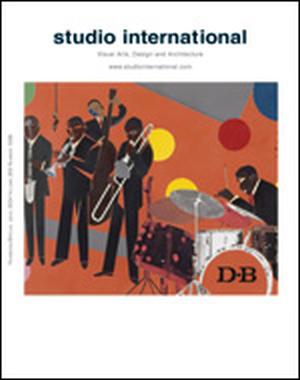 Special issue 2004, Volume 203 Number 1026
Special issue 2004, Volume 203 Number 1026
Special issue 2004, Volume 203 Number 1026
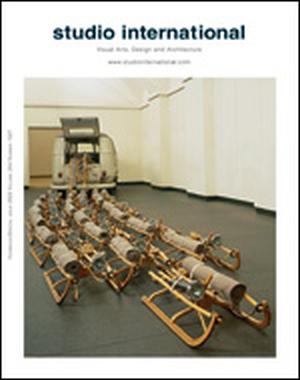 Special issue 2005, Volume 204 Number 1027
Special issue 2005, Volume 204 Number 1027
Special issue 2005, Volume 204 Number 1027
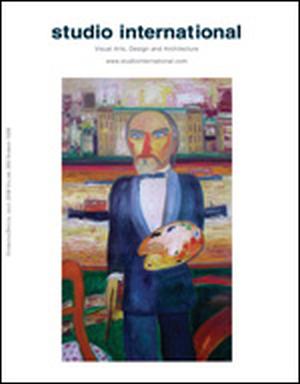 Special issue 2006, Volume 205 Number 1028
Special issue 2006, Volume 205 Number 1028
Special issue 2006, Volume 205 Number 1028
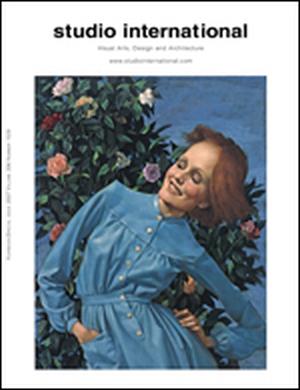 Special issue 2007, Volume 206 Number 1029
Special issue 2007, Volume 206 Number 1029
Special issue 2007, Volume 206 Number 1029
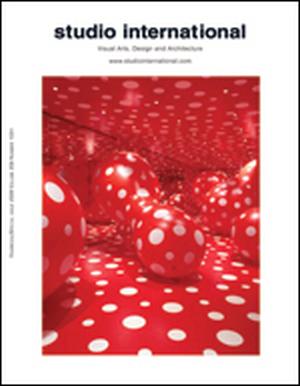 Special issue 2009, Volume 208 Number 1031
Special issue 2009, Volume 208 Number 1031
Special issue 2009, Volume 208 Number 1031